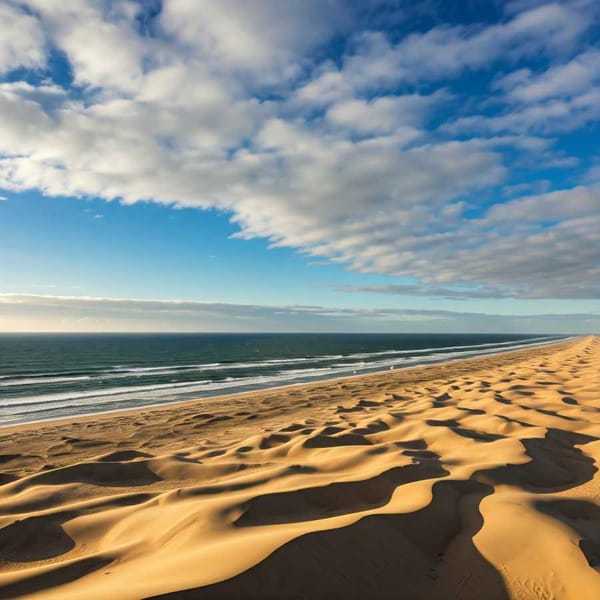Travel warning to Mexico would impact the tourism sector
Almost 60 percent of foreign visitors are concentrated in the Riviera Maya. In 2020 Mexico ranked as the third nation with the highest number of international tourist arrivals. The sector will recover its pre-health emergency levels by the end of 2023.

The travel alert to Mexico due to high levels of violence and insecurity and the COVID-19, recently issued by the US government, could affect tourism activity in Mexico, stated Gustavo López Pardo, from UNAM's Institute of Economic Research.
The above, even though the five entities marked with level 4 risk ("do not travel"): Colima, Guerrero, Michoacán, Sinaloa and Tamaulipas; and the 11 classified with level 3 ("reconsider travel"): Baja California, Chihuahua, Coahuila, Durango, Guanajuato, Jalisco, State of Mexico, Morelos, Nayarit, Sonora, and Zacatecas, are not the main destinations for international tourism.
"The places that are subjected to an alert of this type by a foreign country could be affected, due to an inertia effect on national visitors", considered the academic.
The expert recalled that tourism is an important activity for the country's economy and represents a significant percentage of the Gross Domestic Product, which in its best moments, before the pandemic, was approximately eight percent, in addition to generating almost seven million jobs directly and indirectly.
Visitors from all over the world arrive in Mexico, mainly from the United States, Canada, the United Kingdom, and other European countries, who, through their consumption, contribute to the acquisition of foreign currency that is used for national development. Any negative action could have a serious impact on this activity in general and, in particular, on the aforementioned destinations.
The entities mentioned by the U.S. State Department receive more domestic tourism. According to figures from DATATUR of the Ministry of Tourism and INEGI, almost 60 percent of foreigners are concentrated in the Riviera Maya, including Cancun, where more than 12 million passengers, national and international, arrived in 2019. Other preferred destinations in the orb are Los Cabos and Mexico City.
Gustavo López exposed that in 2020 Mexico positioned itself as the third nation that captured more international tourists. "The drop in world tourism due to the pandemic was almost 75 percent, but there was also a redistribution of travel preferences, due to the easing or tightening of restrictions on the mobility and entry of foreigners in each destination". In Mexico, there have not been many restrictions on arrival, unlike others.
Although it does not mean that it will be like that permanently, as the world tourist activity recovers, other nations could recover the place they had before the sanitary emergency when, for example, Mexico occupied the seventh place in the list of the main receivers, he considered. López Pardo pointed out that for this year there is still not enough data; however, it is estimated that it will close with an intake of 14.2 billion dollars for that concept.
In 2019, 45 million international visitors were registered in our territory; in 2020, 24.8 million and in 2021 they could reach 28.4 million; in other words, there is a recovery, "but nothing compares to the situation that prevailed before the pandemic". In terms of tourists and resources generated, this economic activity is beginning to rebound in a modest but growing way.
Moreover, we must not lose sight of the importance of domestic travelers. A considerable part of the activity was sustained by local visitors. For example, data show that there was an increase in mobility to Cancun, which registered four million foreigners and 4.1 million Mexicans in 2020.
Sun and beach destinations have adequate infrastructure. Places such as Huatulco, Los Cabos, Ixtapa Zihuatanejo, among others, are consolidated and manage adequate sanitary safety protocols.
There are also traditional destinations such as Veracruz, Acapulco, or Manzanillo that are part of the national preference and where large hotels, in particular, apply sanitary measures, "because it is the only way to regain the trust of visitors". In addition, the health and safety of the local populations and the workers of the tourist industry are also taken care of.
"In Mexico, there is a great offer: magical towns, ecotourism or adventure tourism are other options with high-quality services," he said.
This sector will recover the levels it had before the health emergency until the end of 2023, according to estimates by the World Tourism Organization, only if the new manifestations of the pandemic can be stopped. For this reason, domestic tourism must be strengthened and strategies must be developed to increase domestic mobility, López Pardo concluded.




